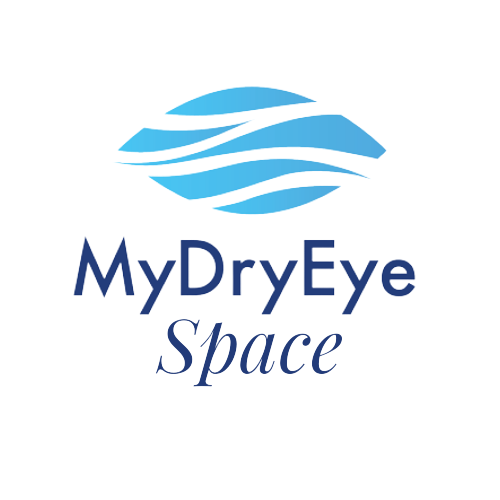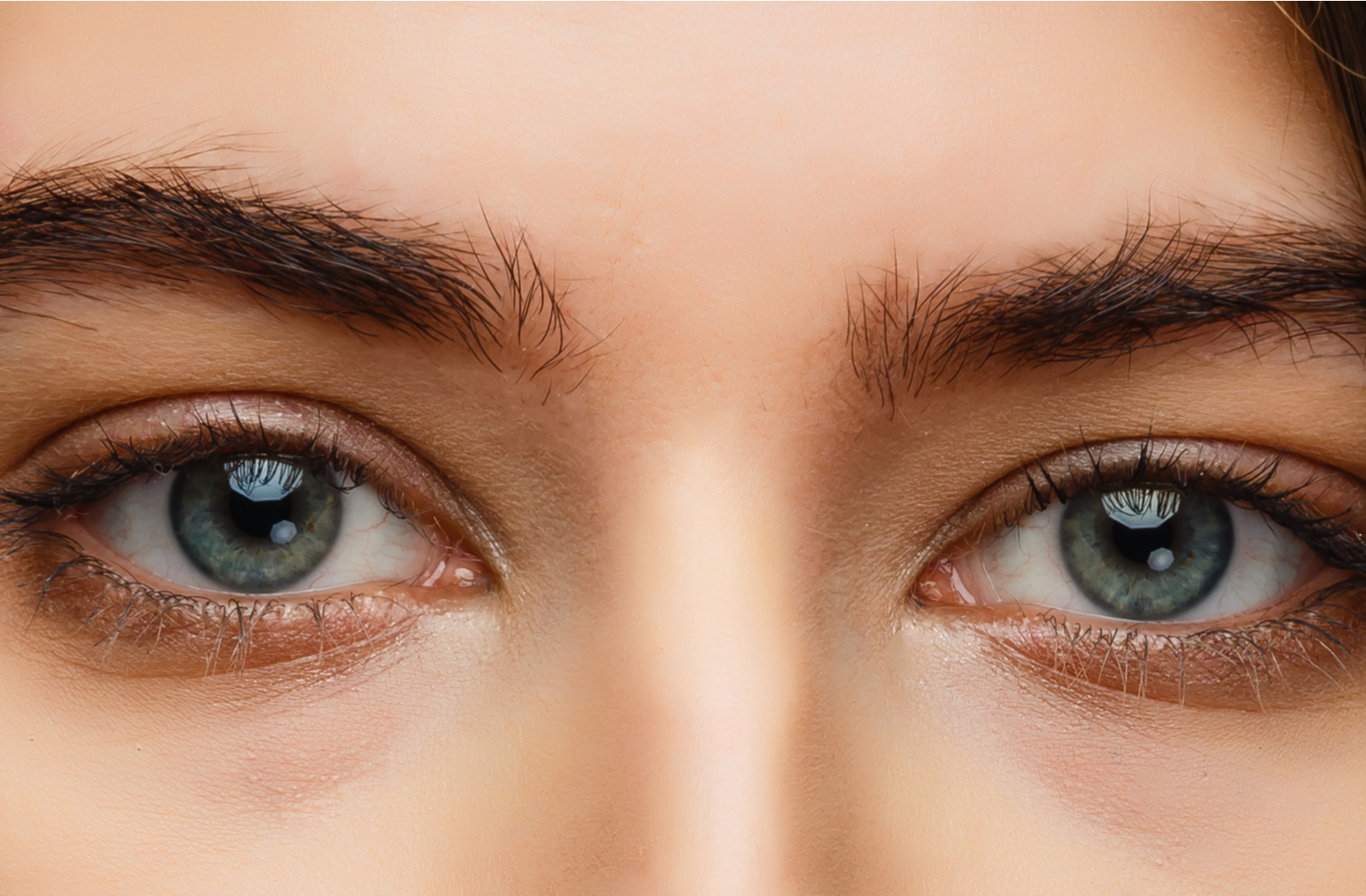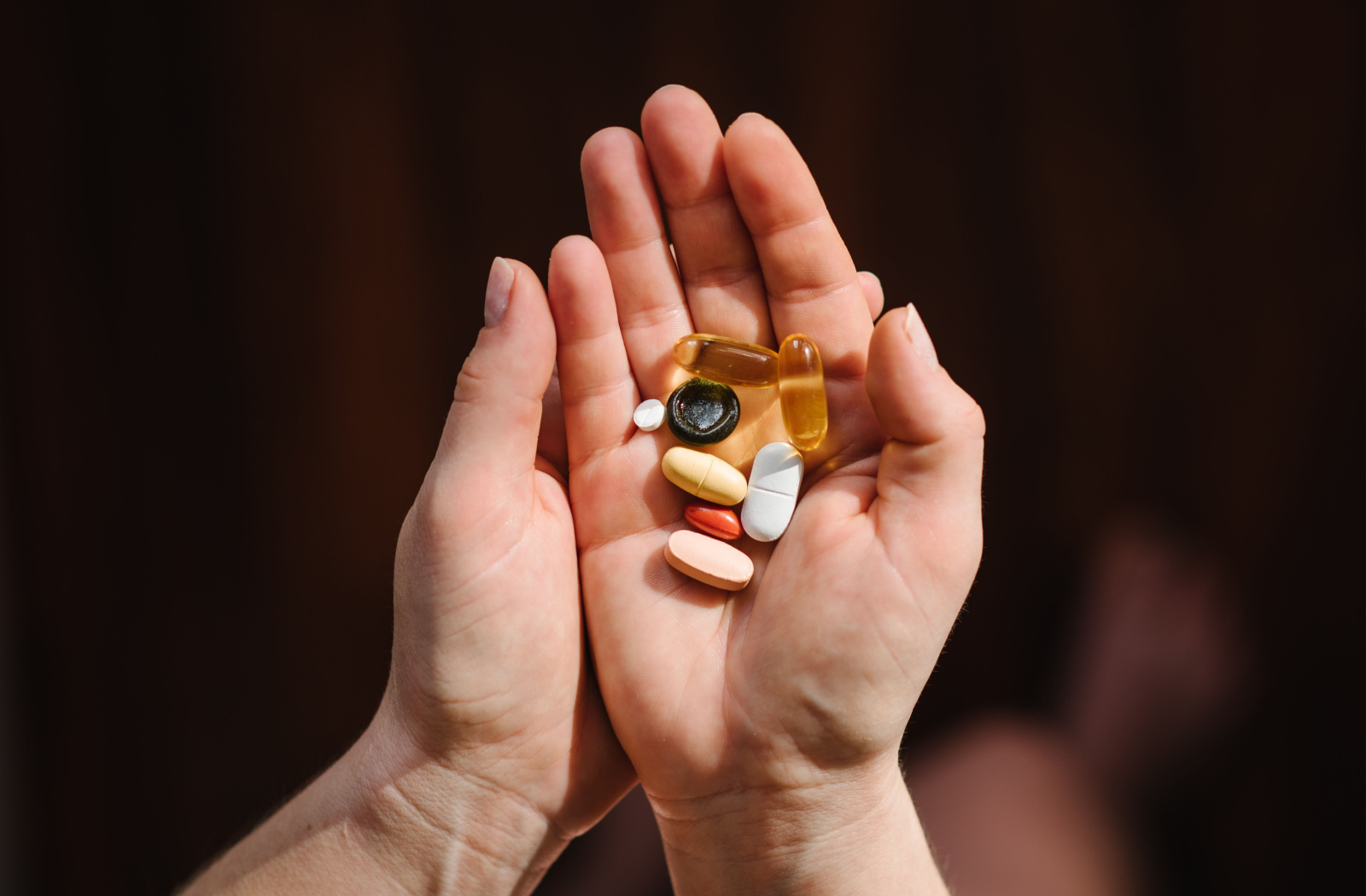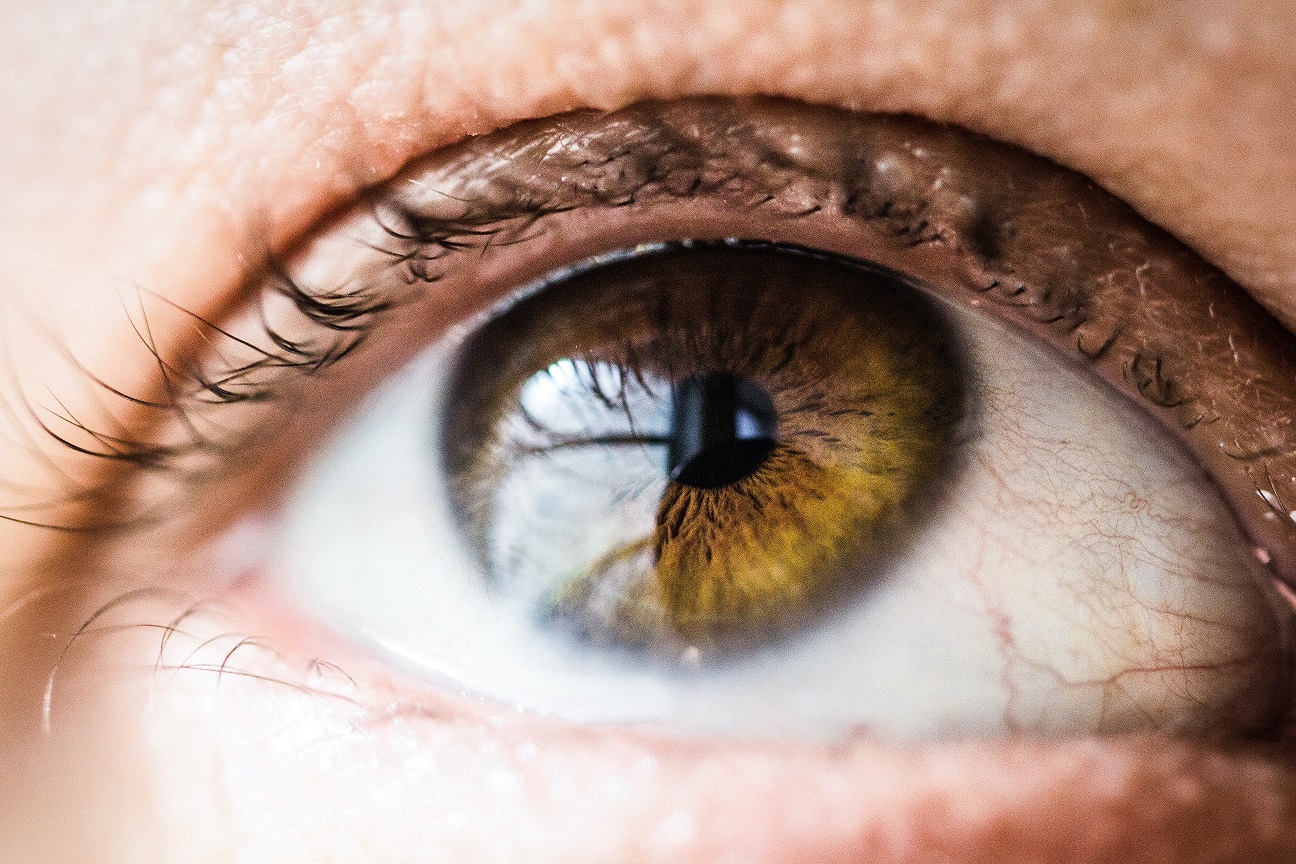Have you ever woken up with your eyelids stuck together? It’s not exactly pleasant — but it’s just one symptom of blepharitis, which may affect up to 47% of individuals.
In addition to being uncomfortable and unsightly, blepharitis is closely linked to dry eye disease. It can also cause problems for your eyelashes and eyelids over time. Finding an eye doctor who can help manage your blepharitis is the easiest way to avoid these issues.
Blepharitis 101: Definitions and Symptoms
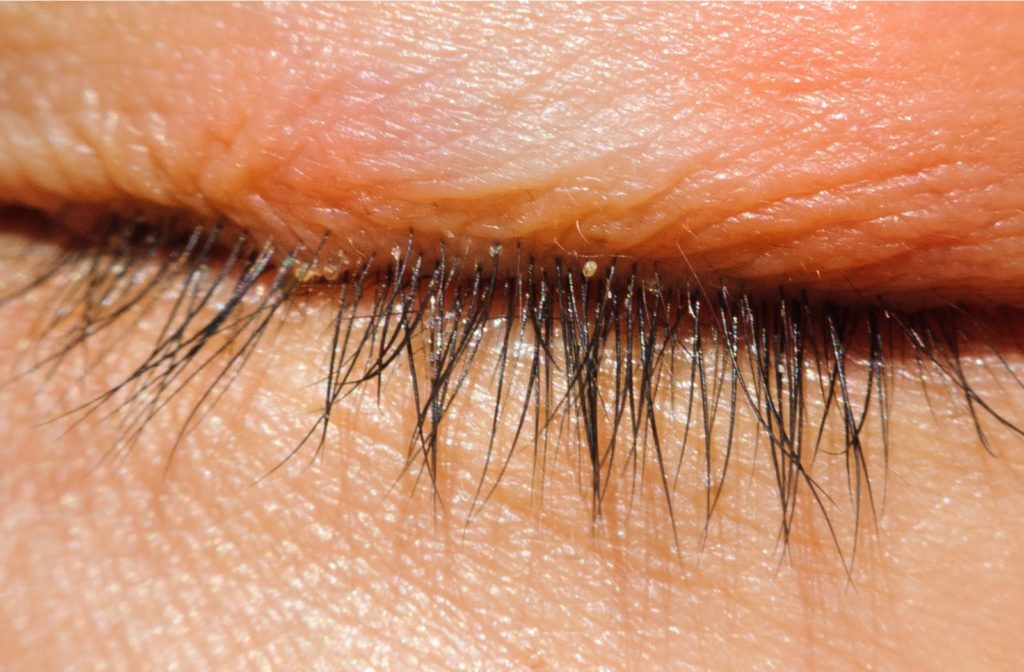
Blepharitis occurs when the margins of the eyelids become inflamed. It is one of the most common indicators of dry eye disease. However, these two conditions are not identical — even though they often appear together and have several overlapping symptoms.
Some researchers believe that dry eyes occur as a later stage of blepharitis when it is left unmanaged. They suggest that early management of blepharitis can prevent its symptoms from developing into what we commonly refer to as dry eye disease.
Blepharitis comes in two forms: anterior and posterior. Anterior blepharitis occurs when bacteria or dandruff forms on the scalp or eyelashes, creating an infection. Posterior blepharitis — the more common form — occurs when bacteria collects inside the eyelid.
The main symptoms of blepharitis include:
- A crusty substance that forms around the eye and can “glue” it shut while sleeping
- The eyelids (or the skin around them) turning red
- Edema (swelling) of the eyelids
- The feeling that a foreign object (such as dust or debris) is stuck in the affected eye
- Photophobia (increased sensitivity to light)
- Excessive tearing
- Itching sensations in the affected area
- General feelings of irritation in or around the affected eyelids
- Feelings of fatigue
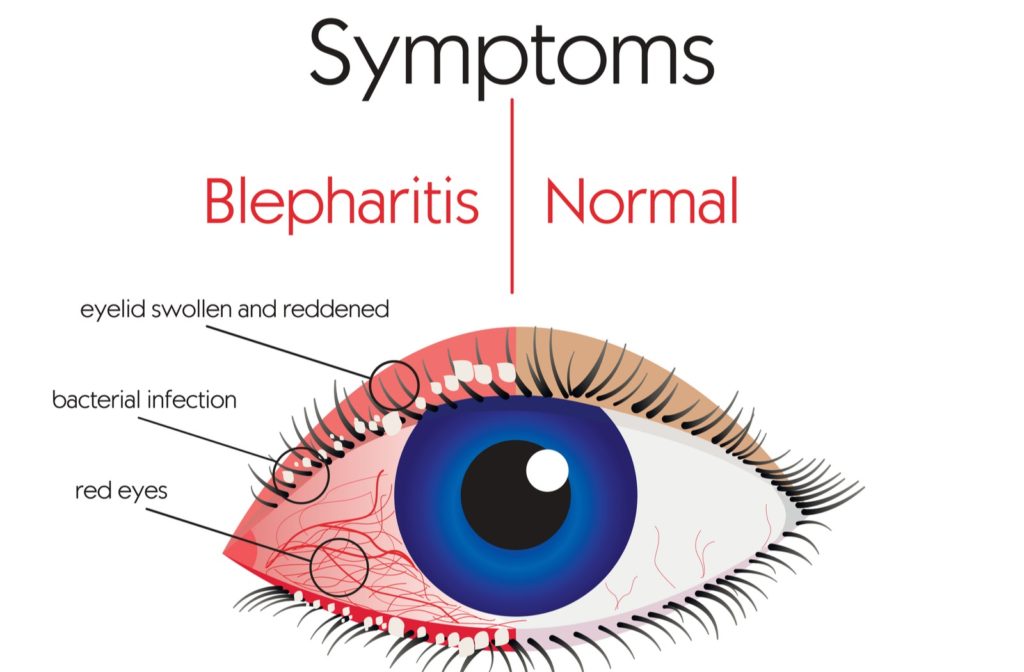
The crust that often forms on your eyelids when sleeping is key to understanding blepharitis. This crust is typically formed by discharge from the meibomian glands in your eyelids, which play a vital role in adequately lubricating your eyes. Let’s take a closer look at how the meibomian glands work so that you can understand blepharitis better.
How Your Meibomian Glands Work (and What Happens When They Don’t)
The oil your meibomian glands produce is an integral part of the tear film that keeps your eyes moist. The tear film also contains a layer of water and a layer of mucous. All three of these components must exist in specific proportions to one another for the tear film to remain stable.
When bacteria blocks the meibomian glands, your tear film doesn’t receive enough oil. As a result, the water in your tears starts to evaporate faster than usual, causing dryness and irritation that inflames the skin around the eyelids.
Many factors can contribute to meibomian gland dysfunction, including dandruff, eye infections, and allergic reactions to contacts, medications, or makeup. As such, most eye doctors recommend managing blepharitis by cleaning your eyelids so the meibomian glands can function properly again.
What Happens When Blepharitis is Left Unattended?
Blepharitis causes noticeable discomfort but very rarely leads to any kind of permanent vision loss. Still, it can make life increasingly difficult for people who have it — so it’s best to start managing your symptoms as soon as you notice them.
The inflammation associated with blepharitis can eventually impact the appearance of both the eyelashes and eyelids. Over time, consistent swelling may produce scarring on the eyelids, which can cause eyelashes to fall out or grow in the wrong directions.
In rarer cases, blepharitis can also lead to other eye infections. Typically, these secondary infections appear when people with blepharitis rub their eyes excessively, exposing them to other bacteria. If an eye infection reaches the cornea and causes scarring, vision loss may occur.
How to Manage Blepharitis
Regular eye exams with a qualified eye doctor can help you identify signs of blepharitis early. From there, your eye doctor may recommend one of several options for managing your symptoms:
- Zest (Zocular Eyelid System Treatment): The ZEST treatment is a deep and gentle exfoliation and cleaning of the eyelids. The goal of the treatment is to clean the eyelid margin which has the openings of the meibomian oil glands which release oils into the eye, crucial for a healthy tear film. On the eyelid margin, a biofilm residue that clings to the lid and blocks the glands is what is cleared. An okra-infused solution is used to break apart this biofilm with the use of a sterilized cotton-tip applicator (ZEST-specific applicator) to gently scrub and exfoliate the lid margin to remove the debris
- Lipiflow: a tool that gently heats and massages the eyelids to stimulate the meibomian glands and help them produce oil. Eye doctors use Lipiflow during appointments, but other heat masks and compression products are available for home use in milder cases.
- Restasis or Lotemax Gel: these prescription eye drops contain anti-inflammatories that reduce the swelling that blepharitis and dry eyes cause. Some eye doctors recommend combining eye drops with oral antibiotics such as tetracycline.
Stop Blepharitis Early — Talk to Your Eye Doctor Today
Consulting your dry eye optometrist is the easiest way to diagnose blepharitis and manage it effectively. If you do not have one, you can search for one in our MyDryEye Doctor Directory.
Use what you’ve learned here to monitor yourself for this common condition, and make sure to communicate with your eye doctor regularly so that you know what to do if it appears.
